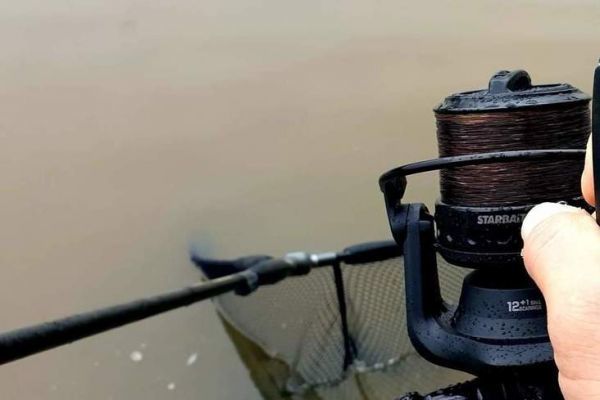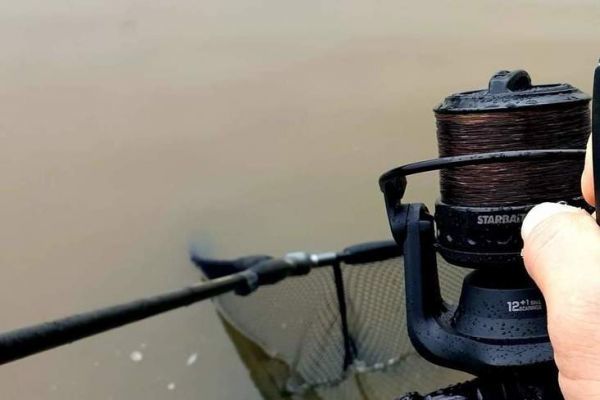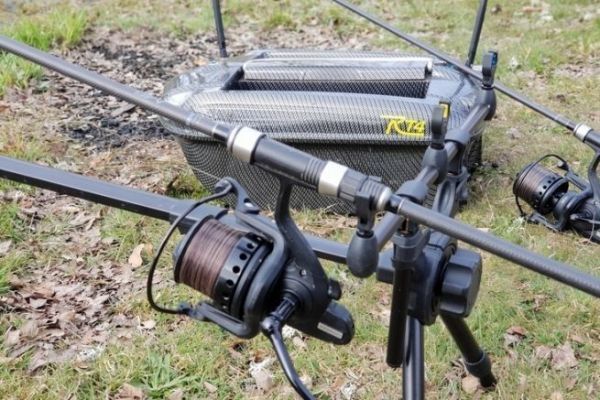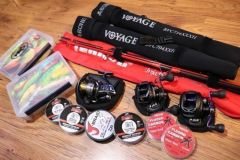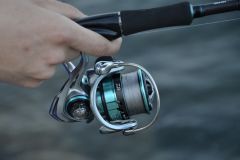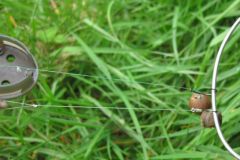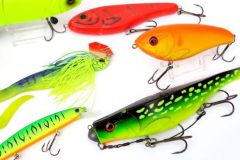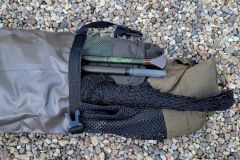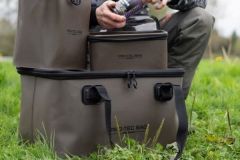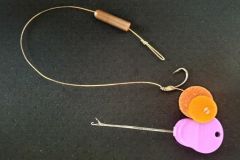Line is certainly the most important link between angler and fish. That's why it's essential to make the right choice when it comes to equipping your reels. In most conditions, nylon will be a carp angler's best bet. In fact, it remains their first choice.
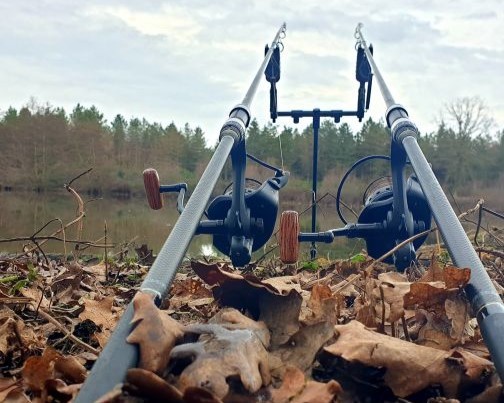
Nylon elasticity
Under tension, nylon can stretch before breaking (unlike braid, which has no elasticity). Nylon's elasticity allows it to absorb fish's head blows, thus limiting stalls and breakage. Nylon is more forgiving of possible errors when fighting or casting with a clip (precision casting). In short, nylon is much more forgiving of errors and backlashes than braid.
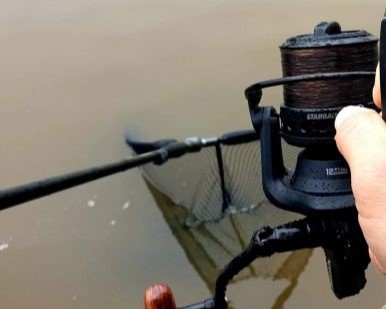
A host of special features
There are nylons with multiple specificities to suit different fishing styles. There are nylons for long-distance fishing, nylons for fishing in crowded areas, and more versatile nylons halfway between the two.
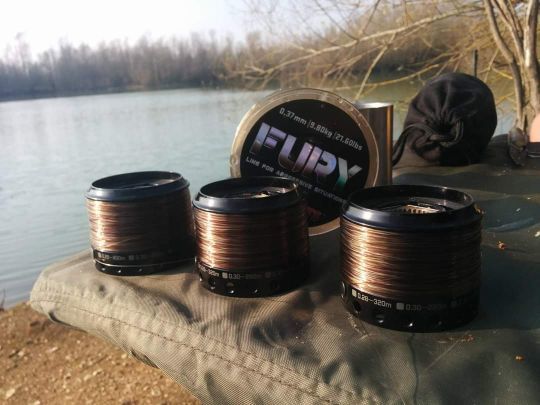
Features
Nylon is characterized by its color, diameter and linear strength.
- Color: colors are numerous, but today's nylons are often a new-generation camouflage color, like Starbaits' Fury. Once again, the choice will depend on the application.
- Diameter : it's important for linear resistance, of course, but also and above all for abrasion resistance, i.e. resistance to rubbing against various surfaces such as branches, molds... The larger the diameter, the greater the resistance to throwing, and the greater the memory (tendency to retain folds).
- Linear resistance : is the resistance expressed in kilos or pounds before linear rupture (linear traction without knots and friction). It is, however, related to diameter.

The right choice to respect fish
These choices are very important to avoid many setbacks, such as broken casts, broken fighting lines... Let's not forget that the right choice will also take care of the fish! Too many anglers still use nylon that is too thin when fishing in congested areas, for example. In this case, the carp ends up with a lethal "leash". The same goes for hard casts. Don't forget to think about line heads to avoid breakage, even with large diameters (even above 30 mm).
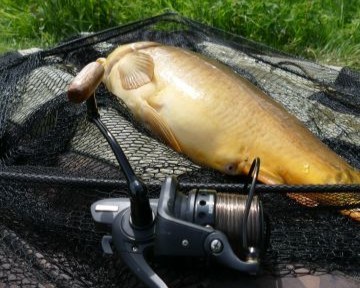
By making the right choices, i.e. by paying close attention to the characteristics of your nylon, you'll have a line on the spool that will satisfy you in many situations. Perfect no, versatile yes.

 /
/ 